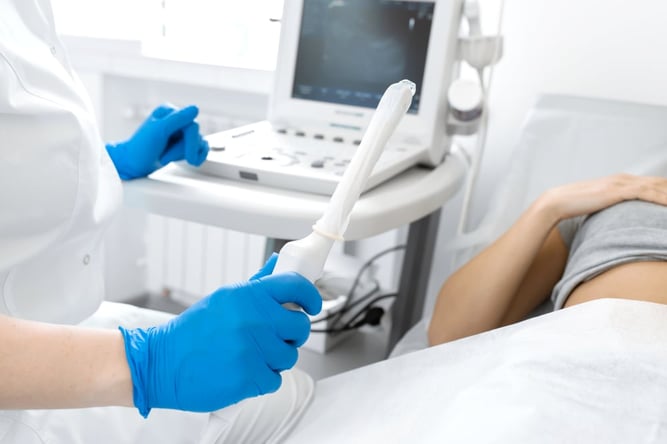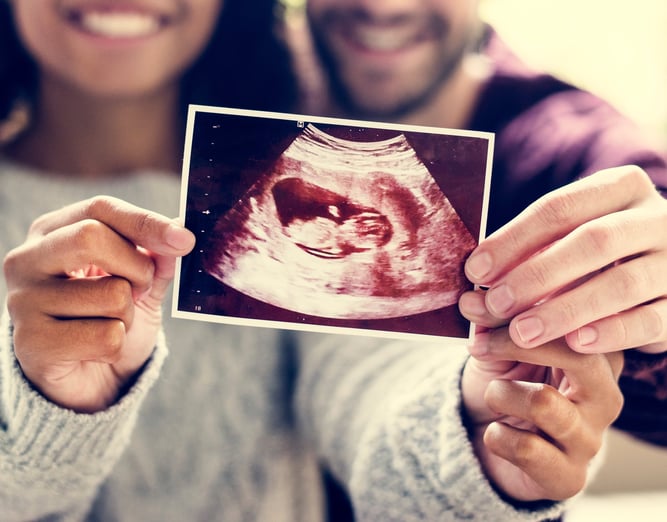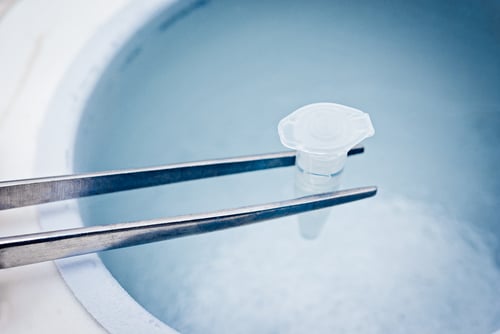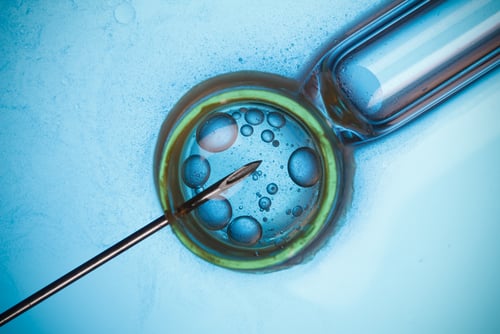Labor and Delivery - What To Expect?
What to expect during Labor and Delivery: Childbirth Complications

Your progress and experience in labor and delivery depend on multiple factors. Pre-existing maternal and fetal risk factors, fetal size, pelvic size, intensity and efficacy of uterine contractions, and fetal tolerance of labor-related stress can all impact your labor progress. Your obstetric provider takes all these factors into consideration with the goal of delivering a healthy baby while minimizing risks to the mother's well-being.
In an ideal scenario, you would make adequate progress in labor and deliver a healthy baby within a normal timeframe. However, sometimes labor progress differs:
If labor is prolonged, lasting more than 12 hours with ruptured membranes, you may be given antibiotics to prevent infection.
If the fetal size is larger than the pelvis size, it can lead to an arrest of dilatation (failure to progress) and may result in a cesarean section.
In some cases, even after progressing to full dilatation and starting pushing, if no progress in descent (failure to descend) is observed within 2-3 hours, a cesarean section may be necessary.
Certain fetuses do not tolerate the stress of labor, which can be detected through fetal monitoring as drops in fetal heart rate. Some of these drops may require an emergent cesarean section.
Even after a successful vaginal delivery, postpartum observation for several hours is necessary to monitor for bleeding. Typically, patients are given medication to help the uterus contract, but in some cases, additional medication is required for optimal uterine contraction.
Garden OB/GYN wishes you an easy pregnancy with an uneventful and uncomplicated delivery!
































